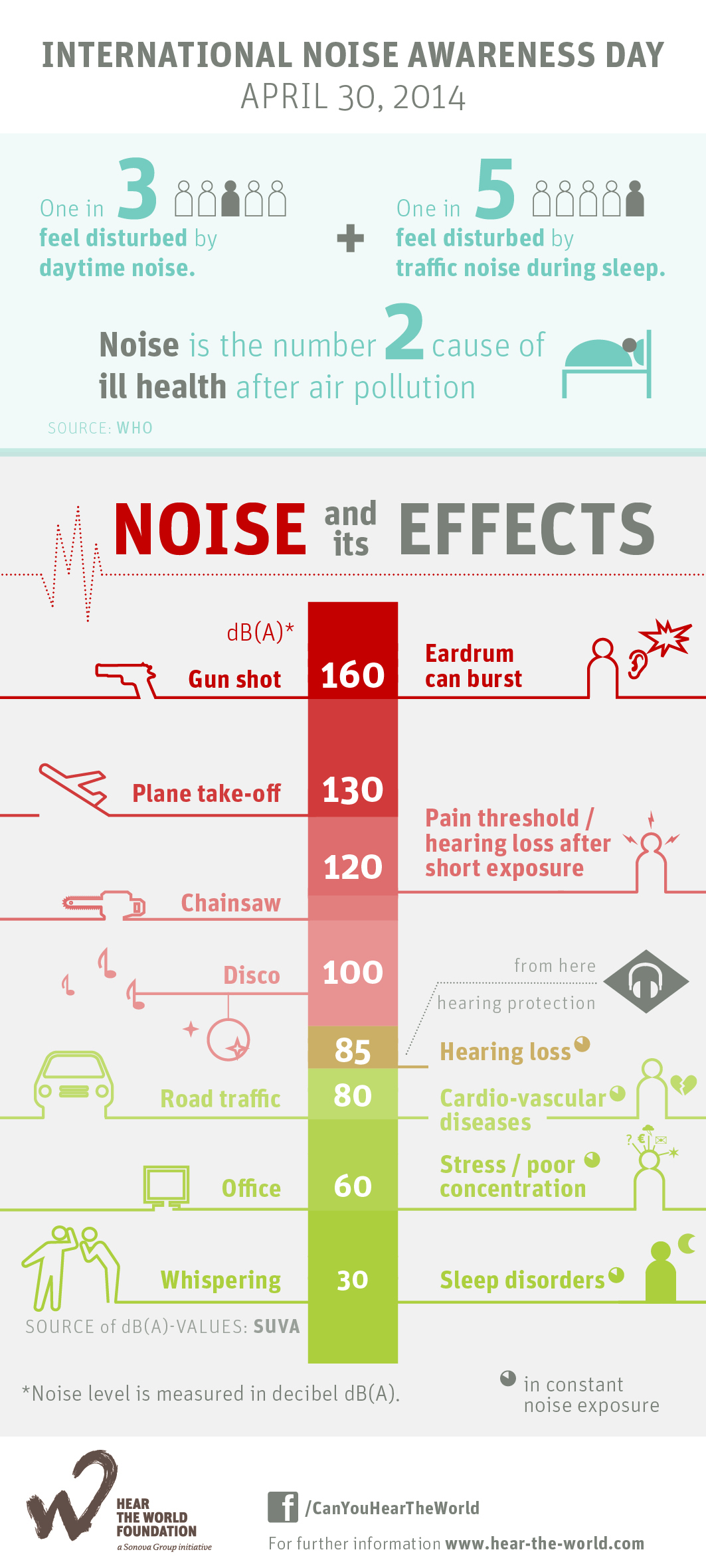Key Methods For Addressing Acoustic Handling Issues In Dyslexia Can Transform Discovering Experiences-- Find What Strategies Can Really Promote Success And Self-Confidence
Key Methods For Addressing Acoustic Handling Issues In Dyslexia Can Transform Discovering Experiences-- Find What Strategies Can Really Promote Success And Self-Confidence
Blog Article
albert einstein stupid Created By-Ivey Pape
When you consider the challenges that dyslexic students deal with, it's clear that auditory handling concerns usually play a significant role. You may wonder how customized methods can bridge the gap in between auditory guidelines and understanding. By incorporating aesthetic aids and breaking tasks into workable actions, you might boost emphasis and understanding. Nevertheless, the solutions do not quit there. What other methods can produce a really encouraging knowing atmosphere that fosters success and self-confidence?
Understanding Dyslexia and Auditory Handling
Dyslexia impacts roughly 1 in 5 individuals, making it among one of the most common learning disabilities. If you're navigating dyslexia, you may locate that it does not simply impact analysis and writing; it can also affect how you process acoustic details.
Acoustic processing refers to just how your brain analyzes sounds, including language. When you struggle with this, it can lead to difficulties in recognizing spoken guidelines and complying with discussions.
https://www.npr.org/sections/ed/2017/01/25/507405986/finding-words-in-paint-how-artists-see-dyslexia may notice that you usually misinterpret what you listen to or that it takes much longer for you to respond in discussions. This isn't a reflection of your intelligence; it's a specific problem pertaining to refining auditory signals.
Understanding this connection is essential due to the fact that it aids clear up why you may master aesthetic jobs while encountering difficulties in jobs that rely upon auditory comprehension.
Acknowledging these obstacles can equip you. By understanding the intricacies of dyslexia and auditory processing, you can better advocate for your requirements, whether in educational settings or social circumstances.
It's essential to recognize these concerns so you can seek the right assistance and techniques in the future.
Effective Techniques for Assistance
Navigating the obstacles of acoustic handling can feel overwhelming, but there work methods that can aid you thrive.
By executing these methods, you can enhance your learning experience and enhance your capability to procedure auditory info.
- ** Make use of aesthetic aids **: Combining acoustic instructions with aesthetic assistances, like graphes or layouts, can considerably improve comprehension.
- ** Break tasks into smaller actions **: Streamlining directions right into convenient portions permits you to concentrate and refine details better.
- ** Exercise energetic paying attention **: Engage in workouts that motivate you to pay attention attentively, such as summarizing what you have actually heard or asking concerns for clarification.
- ** Include modern technology **: Make use of applications or software made to assist with acoustic handling, such as speech-to-text tools or audiobooks, to enhance knowing.
Creating Helpful Knowing Atmospheres
Producing a helpful understanding environment is vital for assisting individuals with acoustic handling difficulties succeed. Begin by lessening distractions in your classroom or learning room. Usage acoustic panels or soft home furnishings to absorb sound, which can help students focus far better. Make certain seating setups allow for clear sightlines to the teacher and any kind of aesthetic aids.
Next, include clear and succinct communication. Talk slowly and utilize simple language, checking for understanding frequently. Motivate students to ask inquiries if they're unclear. Visual help like charts, layouts, and created instructions can boost comprehension and retention.
Furthermore, promote a culture of patience and understanding amongst peers. Instruct trainees concerning acoustic handling issues, advertising empathy and assistance. Team tasks can be useful; just ensure that functions are clear and that trainees interact to support each other.
Lastly, supply routine responses. Commemorate progress and achievements, regardless of exactly how little. This encouragement builds confidence and strengthens the idea that discovering is a trip.
Conclusion
In your journey to boost learning for people with dyslexia, consider each technique as a stepping rock across a river. By weaving together acoustic and visual help, damaging tasks into bite-sized items, and nurturing a supportive setting, you help create a bridge to understanding. Bear in mind, cultivating compassion among peers and interesting families can light the path to success. With perseverance and devotion, you'll empower learners to overlook obstacles, changing their struggles right into toughness.
